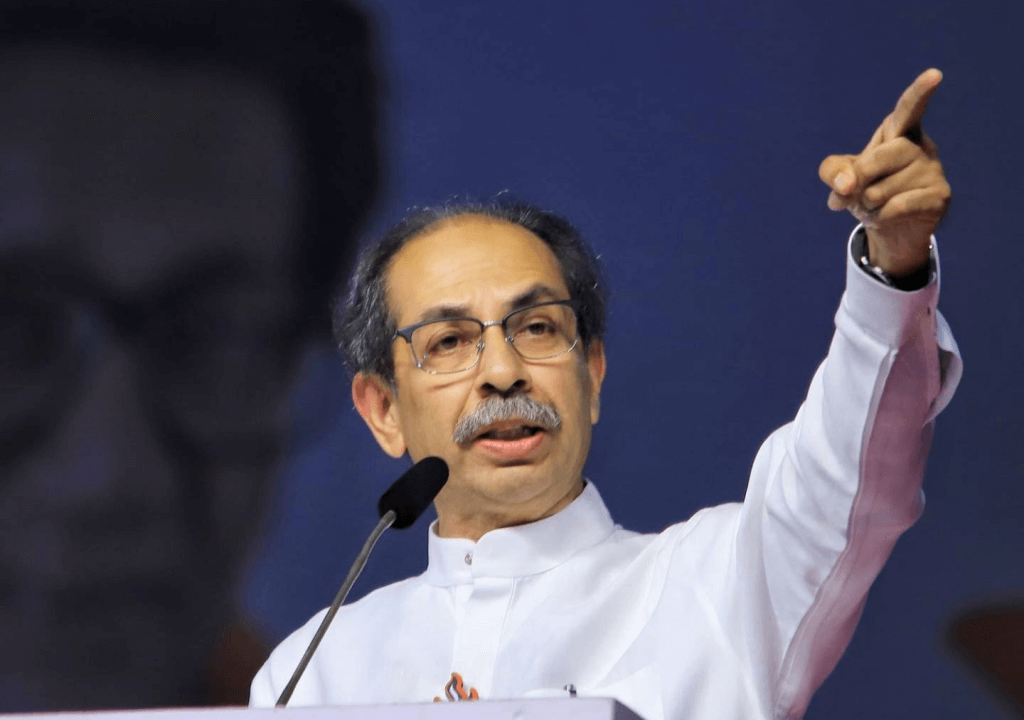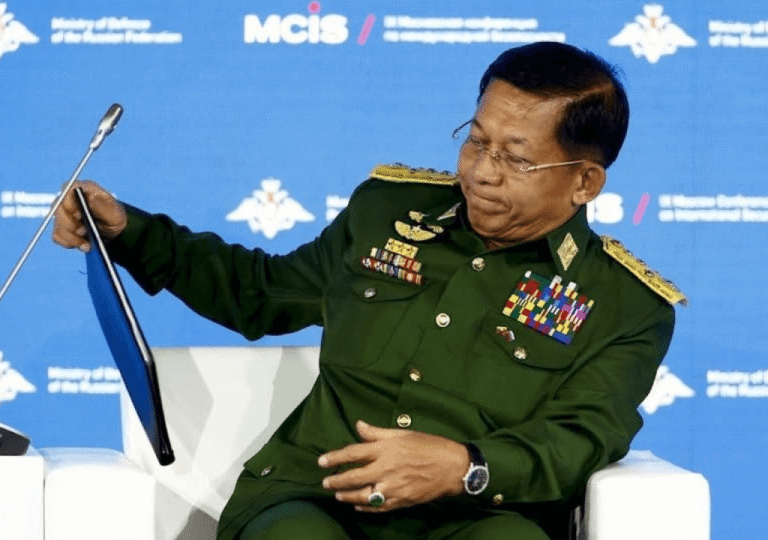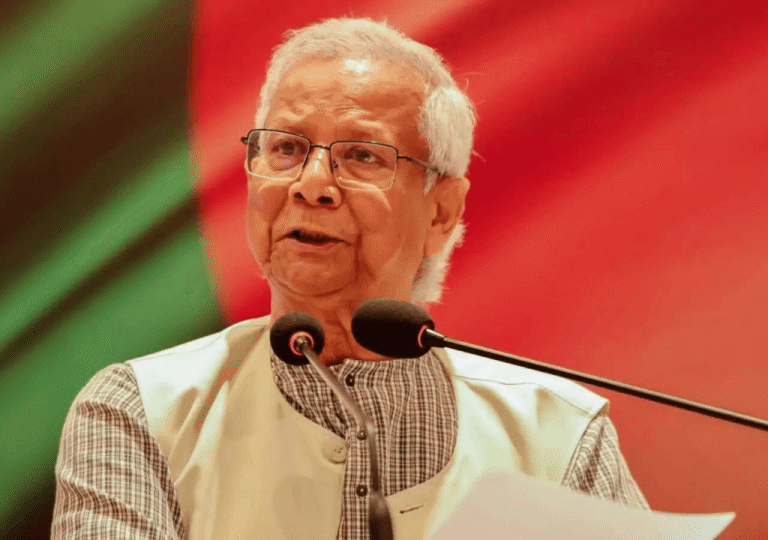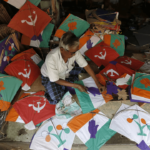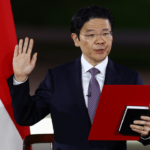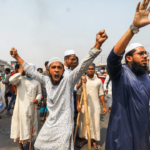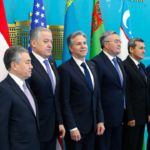Maharashtra, the richest state in India, has always been a stronghold for Hindu politics. It boasts a proud history with Chhatrapati Shivaji, the king who established a strong Hindu kingdom and fought against the Islamic Mughal Empire. The Hindu Maratha Kingdom and Shivaji remain sources of pride for Maharashtrians even today. Many organizations in Maharashtra claim Shivaji’s succession. Shiv Sena, one of the biggest political parties in Maharashtra, is a group of proud followers of Shivaji, formed by Shivaji devotee Bal Thackeray. The Bharatiya Janata Party (BJP), the current ruling party of India, also supports Shivaji’s pro-Hindu ideology. Naturally, the Hindu nationalist BJP and the Hindu regionalist Shiv Sena became allies, forming joint governments in Maharashtra. However, following interesting events after the 2019 general election, a serious crack formed in the relationship. These former Hindu brothers became the worst of enemies and now find themselves on opposing fronts, engaging in fierce battles against each other to remove the other from Maharashtra Politics.
Maharashtra, including India’s financial capital, Mumbai, contributes the second-largest number of members to the Lok Sabha (House of Commons). After populous Uttar Pradesh, the 48 MPs from Maharashtra are crucial for forming the government in Delhi, making its politics always significant for Indian politics. Like many other Indian states, the Indian National Congress (INC) dominated the state after independence, continuously forming governments in the state until the 1990s. However, after Shiv Sena decided to enter parliamentary politics and the Bharatiya Janata Party (BJP) provided strong support, forming a Hindu alliance, the political landscape in Maharashtra changed. The allies clinched power by removing INC. Then, two clear political spheres emerged: the Hindu alliance led by Shiv Sena and BJP, and the secular sphere led by INC and its schism, the Nationalist Congress Party (NCP).
With Narendra Modi’s entrance into the leadership of the BJP in 2014, the scenario changed dramatically once again. With Modi’s popularity, the BJP rose as the biggest Hindu party in Maharashtra, overtaking Shiv Sena in terms of obtaining seats in the state assembly and parliament. This eventually grew into a serious ego clash, leading to the collapse of their alliance. Shiv Sena then moved to a secular alliance with Congress and NCP, forming a government together at the state level. However, the BJP managed to split Shiv Sena, causing a significant number of Shiv Sena members in the state assembly to move to the BJP side. This led to the toppling of the Shiv Sena government with Congress and NCP. The BJP then formed a government with the splintered faction of Shiv Sena. Through these actions, reminiscent of Hindu mythologies, the rivalry between BJP and Shiv Sena intensified. Interestingly, the Election Commission granted the faction that joined the BJP official status, including the party’s symbol and colors. This marked the complete collapse of Shiv Sena and a thorough victory for Modi and the BJP. The remaining faction, led by Uddhav Thackeray, the son of founding leader Bal Thackeray, continued as Shiv Sena (Uddhav faction) and remained aligned with Congress.
The ongoing general election is taking place in this tumultuous political landscape. Long-term allies are now fighting each other by leading separate fronts. Whoever secures more seats in the general election will gain an advantage in the upcoming crucial state assembly elections. It’s a race to determine who carries the Hindu legacy and who carries Shivaji’s legacy. The volatile election is filled with toxic comments and is attracting attention throughout the country. The comment of Shiv Sena (Udhav) leaders comparing Modi to Aurangzeb and Narendra Modi’s reply all took the headlines nationwide. Shiv Sena, which lost its official status to the faction that moved to the BJP side, now known as Shiv Sena (Uddhav faction), is fighting alongside their old foes, the Indian National Congress (INC) and the Nationalist Congress Party (NCP). The NCP was also split by the same strategy the BJP used on Shiv Sena. In the alliance, Shiv Sena (Uddhav) will contest in 21 seats, INC will contest in 17 seats, and NCP (Sharad Pawar faction) will contest in 10 seats. Meanwhile, the BJP’s alliance, which includes the Election Commission’s officially recognized factions of Shiv Sena and NCP, will see the BJP contest in 28 seats, the official Shiv Sena faction in 15 seats, and the official NCP faction in 4 seats. With five phases of the election in the state, only one phase remains, scheduled for May 20th.
Opinion polls are predicting a close contest for both sides. Even though Modi remains a popular leader in the state, there is considerable sympathy for Shiv Sena (Uddhav faction), NCP, and INC, which have also lost leaders to the BJP alliance. Many believe that while leaders have jumped to the BJP alliance, the supporters remain with the opposition. Election analysts point out that different vote banks in different sectors, who conventionally do not join, can be stitched together by the alliance of Shiv Sena (Uddhav) and Congress. Hindu nationalists, Muslim voters, and secular voters can join with the alliance. However, Maharashtra is crucial for Modi’s aspiration for a third term, so he is also contesting fiercely. The election result will reveal who is the true Hindu leader in Maharashtra and who is the inheritor of Shivaji’s legacy. So the result day will be a significant day in Maharashtra politics.

